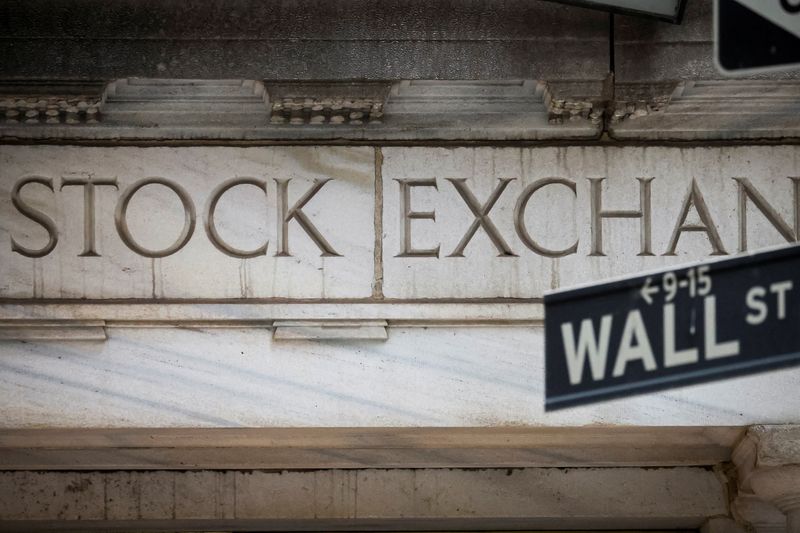By Jamie McGeever
(Reuters) - A look at the day ahead in Asian markets from Jamie McGeever.
Investors clearly want to take stocks and risk assets higher to try and make up for a dismal year, and they're getting a timely helping hand from surprisingly weak U.S. inflation numbers.
With daily direction seemingly driven by little more than the ebb and flow of hopes for a Fed pivot, they may have forgotten about the ongoing Russia-Ukraine war and its potentially catastrophic spillover risks.
Investors were jolted on Tuesday from any complacency that may have set in by reports that a blast in the eastern Polish village of Przewodow that killed two people was caused by Russian missiles crossing into Poland.
Russia denied the reports, calling them "a deliberate provocation"; Washington called them "incredibly concerning"; Ukraine's President Zelenskiy said this represents a Russian attack on NATO territory and marks a "significant escalation."
In the fog of war, clarity is hard to find.
The reports knocked nearly 2% off the Nasdaq, briefly pushed the Dow into the red and clipped 5 to 10 basis points off U.S. Treasury yields across the curve.
Wall Street still closed in the green thanks to a smaller-than-expected rise in U.S. producer prices, more evidence following Thursday's CPI data that inflation has peaked.
It remains to be seen how Asian markets open on Wednesday. The inflation outlook is improving and markets are running with it - the S&P 500 is up 12% since the Oct. 13 low, the Dow is up 17% and the Nasdaq is up almost 10% since last Thursday alone.
But with world leaders gathered in Indonesia for the G20 summit, war and geopolitical risks are once again right at the forefront of investors' minds. Or they should be.
U.S. stocks and geopolitical tensions https://fingfx.thomsonreuters.com/gfx/mkt/jnpwyeygjpw/WallStRisks.jpg
Three key developments that could provide more direction to markets on Wednesday:
- China house prices (October)

- Japan machinery orders (September)
- Australia wage growth (Q3)